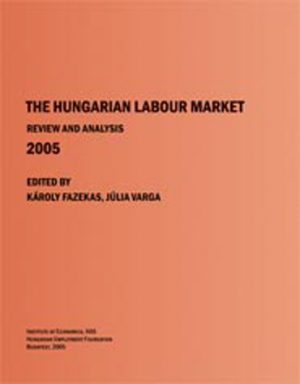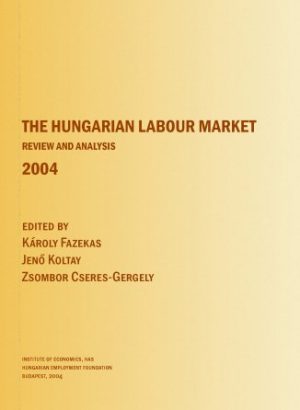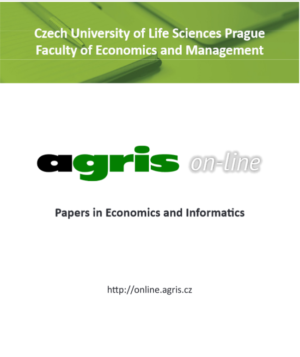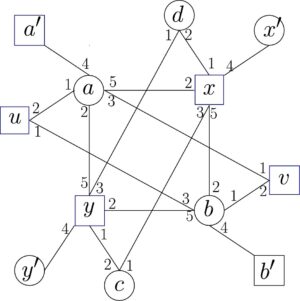The original goal of our labour market yearbooks is to review annually the main developments in the Hungarian labour market and to give an in-depth analysis on selected key issues. The subsequent chapters of this volume present “stylised facts” and recent research results, together with selected information and statistical data. Experiences accumulated through the publication of the previous volumes (six in Hungarian and four in English) and their reception in Hungary and abroad validated our original idea and gave us the encouragement and stimulation to enhance both the contents and the quality of the new volumes. Similar to previous volumes the opening chapter gives an overview of recent labour market developments. The In Focus section gives a comprehensive analysis on the industrial relations in Hungary. The third chapter addresses the changes in the legal and institutional environment of the labour market in two parts. The first part presents the measures that were taken in 2004 – after the publication of the previous volume of the Labour Market Review – and which entered into force in 2005. The second part describes the new legislation and amendments that took place in 2005.
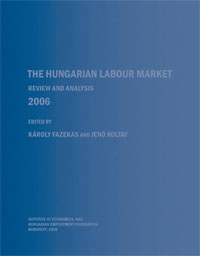
THE HUNGARIAN LABOUR MARKET – REVIEW AND ANALYSIS 2006
Fazekas Károly és Koltay Jenő
2006


